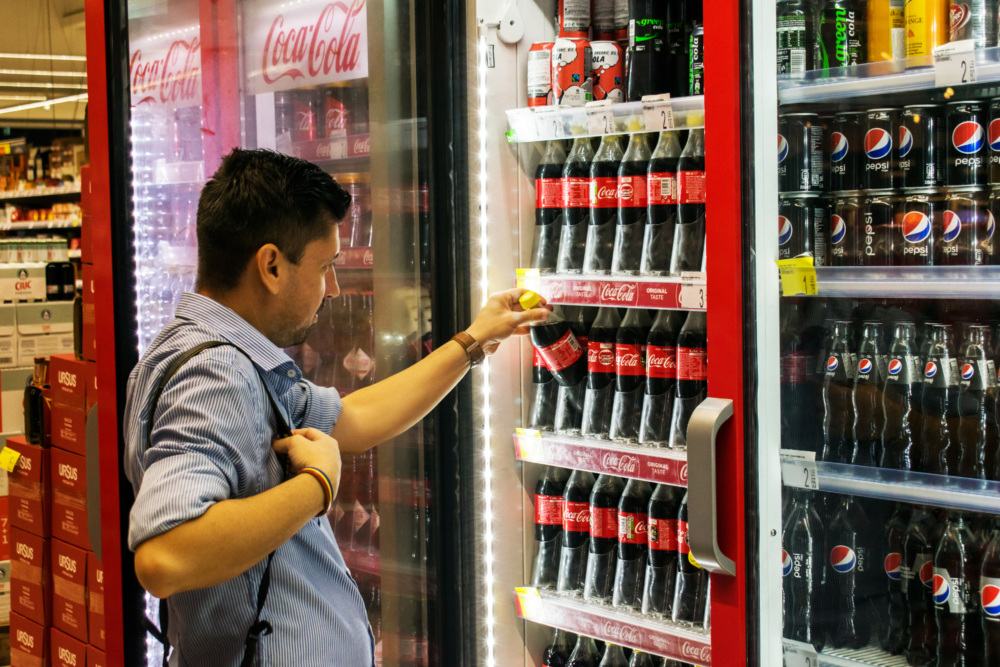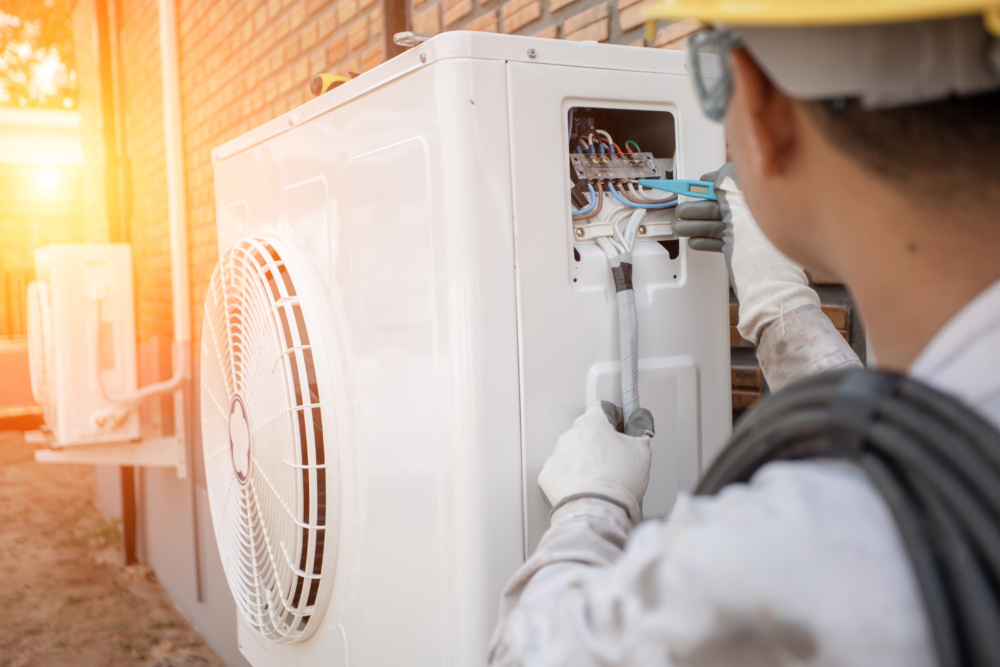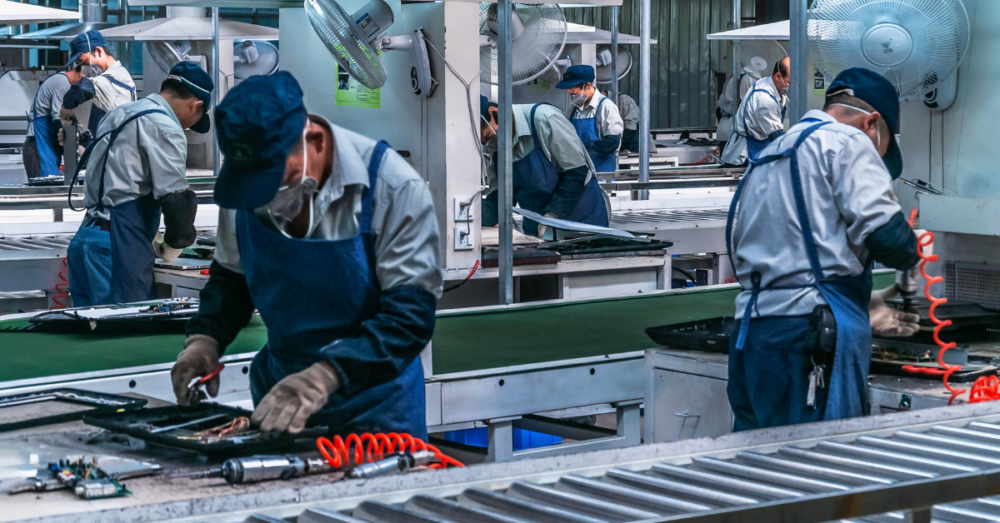The Gift that Keeps Giving: Adopt Ambitious MEPS Now & See the Benefits Spillover
Analysis suggests the adoption of more stringent MEPS in one nation can produce spillover benefits in others, influencing global and regional markets. CLASP Senior Associate Lauren Boucher discusses potential spillover benefits if North America adopted IE4 Motor MEPs and the global implications for COP26.
This article is the first in a series co-authored by CLASP, IEA, the SEAD Initiative and UK BEIS highlighting the top 5 things governments can do right now to address climate change through appliance energy efficiency.
Written by Lauren Boucher, analysis by Matt Malinowski
On November 1, the world will set its eyes on Glasgow as government representatives meet at the UN Climate Change Conference, COP26. There they will discuss ambitious carbon emissions reduction targets that will help put the planet on a path toward net-zero emissions by 2050.
According to the International Energy Agency (IEA), the path to net zero is narrow but achievable. Getting there will require the deployment of energy-efficient technologies and clean energy on a grand scale.
One of the most important things governments can do now is invest in proven carbon abatement solutions. According to the IEA, energy efficiency, solar, and wind can provide 50% of the emissions reductions we need to reach net zero between now and 2030.
To realize these savings, existing solutions must be scaled at a pace never seen before. The global rate of efficiency improvements, for example, must increase by 4% each year, three times the average of the last two decades.
Efficient appliances will play a key role in curbing energy demand and lowering energy intensity. They deliver the same amount of energy services for less energy input. Because of this, energy efficiency efforts are often considered a “first fuel” that governments can invest in ahead of more costly energy sources.
Just four products—motors, refrigerators, air conditioners, and lighting—account for over 40% of global electricity consumption, so targeted and aggressive policy action can deliver outsized impacts. A transition to more ambitious minimum energy performance standards (MEPS) globally for these four products could cut energy consumption by more than 30,000 TWh and lower CO₂ emissions by more than 13 Gt cumulatively between 2022 and 2030.
Past experience suggests the adoption of more stringent MEPS in one nation, region, or economic bloc (e.g., the EU) can produce spillover benefits in others, thus influencing global and regional markets.
Manufacturers have been known to abandon inefficient product lines to meet the stringent policies of a single major market. Interviews with TV and computer manufacturers and retailers indicate a lack of differentiation between products destined for the US and Canada. Additionally, governments have aligned policies to ease trade and reduce costs within regional markets, e.g., many countries, including Türkiye, Norway, and Algeria, follow EU product policy, even though they aren’t members of the European Union.
A particularly strong example of positive spillover potential is electric motors. A concerted effort to improve the efficiency of electric motor-driven appliances could help align government action with the IEA net zero roadmap. Best of all, a framework for improving motor efficiency globally already exists.
In an effort to facilitate global trade and lower barriers for manufacturers, the U.S. National Electrical Manufacturers Association (NEMA) and International Electrotechnical Commission (IEC) have led a concerted effort to simplify and align motor testing and efficiency requirements (broken into IE levels 1-4) worldwide. This has made it easier for governments to compare progress on energy efficiency and chart a course to more ambitious regulation.
Historically, when more stringent standards for motors have been adopted in one country, others have followed their lead. This was the case in 1997 when the US and Canada adopted the IE2 standard. Australia and New Zealand followed in 2006, followed by the Republic of Korea (2008), Brazil (2009), and the EU, China and Türkiye (2011). A similar trend followed after the US adopted IE3 in 2011 (Figure 1).

Figure 1: Adoption of IE2 and IE3 (2006-2017), adapted from United for Efficiency
Electric motors accounted for 30% of global electricity consumption in 2018. CLASP modeled the potential impacts of a future global adoption of the IE4 motor efficiency level. In this scenario we assumed the US, Canada, and Mexico adopt IE4 in 2024, and that the largest EU countries (Germany, Italy, and France), the United Kingdom, Türkiye, Republic of Korea, Japan, Brazil and China adopt IE4 with policy effective dates in 2029. By extrapolating data from Mepsy, CLASP’s Appliance & Equipment Impact Calculator, we estimate that annual avoided CO₂ emissions in 2050 would exceed 710 Mt, the equivalent to taking 154 million cars off of the road for one year (Figure 2).
Efficiency standards revised in the next 5 years will be critical to driving the necessary market transformation consistent with the IEA’s net zero roadmap. To facilitate this transition in appliances, the Government of the United Kingdom and the Department for Business, Energy and Industrial Strategy (BEIS) have partnered with IEA, the Super-Efficient Equipment and Appliances Deployment (SEAD) Initiative, and CLASP to launch the Product Efficiency Call to Action (Call to Action). The Call to Action aims to double the efficiency of four high energy-consuming products, air conditioners, electric motors, lighting and refrigerators.
Product standards are a proven climate solution, ripe for further scaling. Action from the largest emitters and economies would pay dividends at home as well as for the security of our global climate. Leadership, through the SEAD Initiative, can open up multiple benefits for the rest of the world, not only in technology transfer but in reduced energy costs, improved energy access and increased energy security. Standards would also produce additional health and contribute to economic productivity.
By signing the Call to Action, countries agree to drive international action consistent with the goal of doubling the efficiency of the four priority products by 2030. Thus far, ten nations—Brazil, Chile, Colombia, Ghana, India, Korea, Sweden, Denmark, Germany and the United Kingdom—have endorsed the Call to Action.
To learn more and receive the latest appliance efficiency news and updates, subscribe to the CLASP mailing list. We will distribute monthly newsletters, articles, and analyses from September through November 2021.









